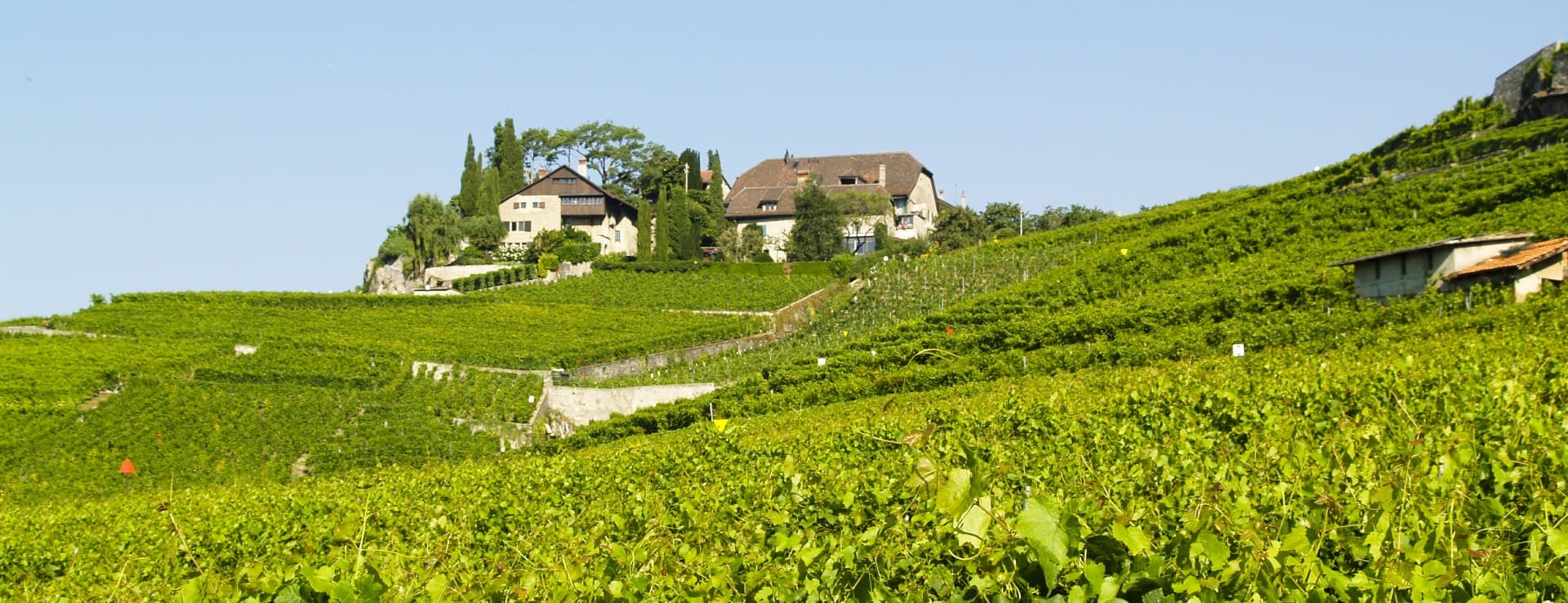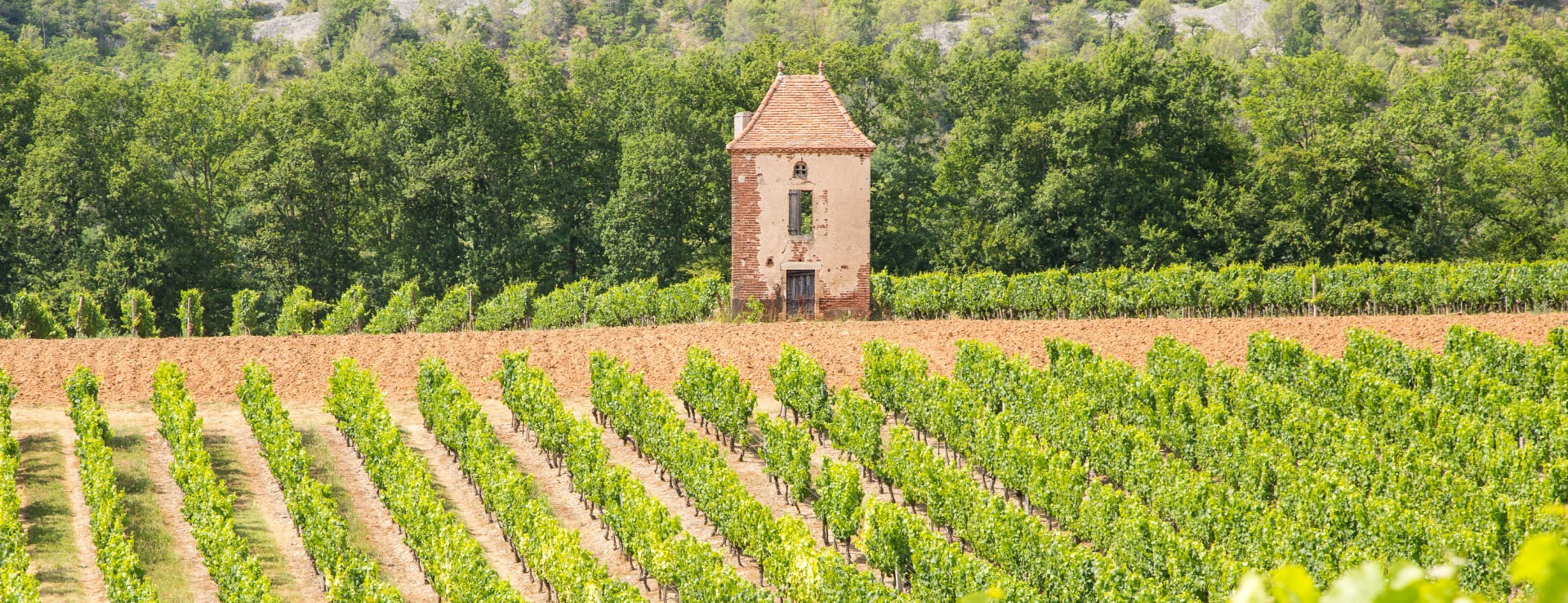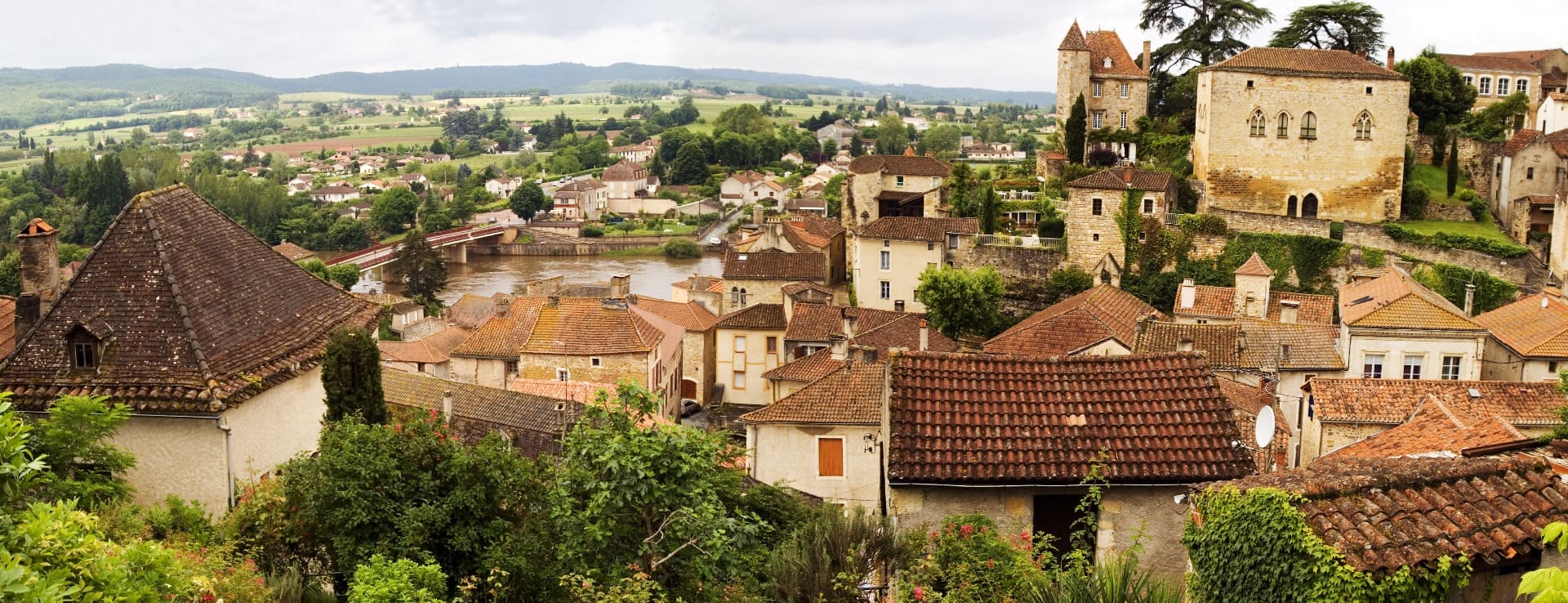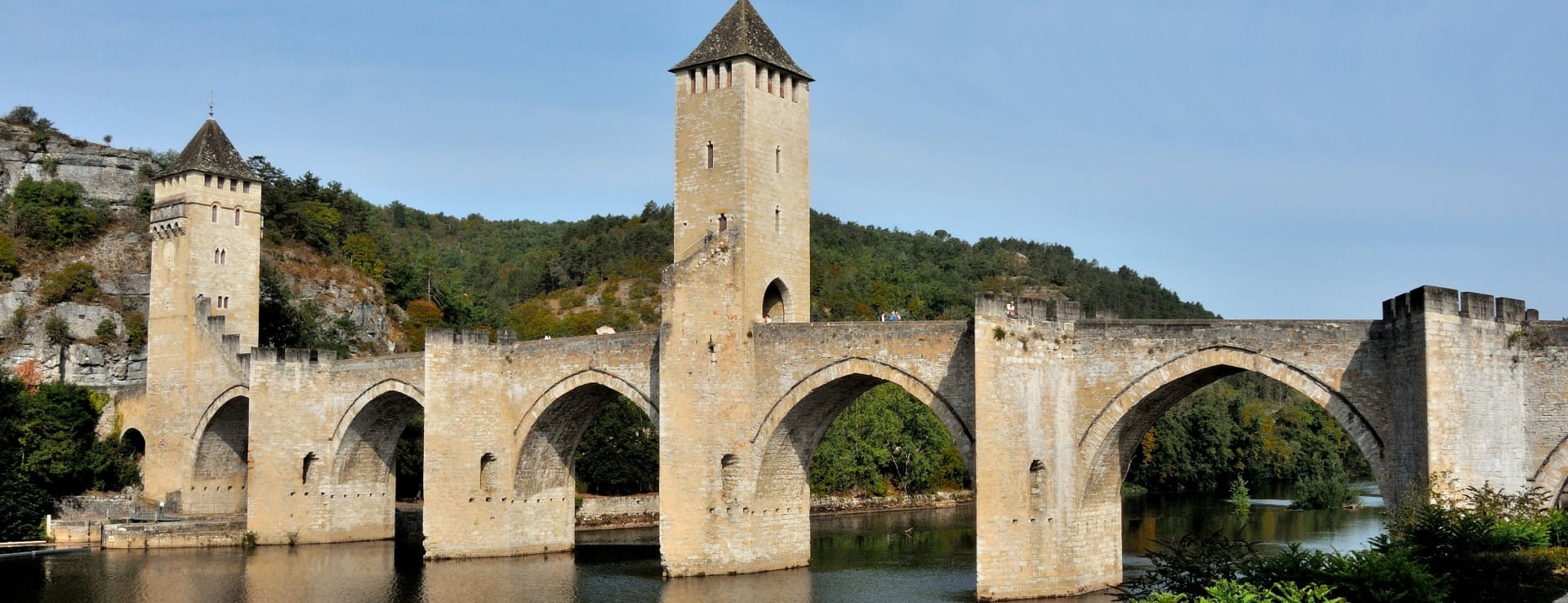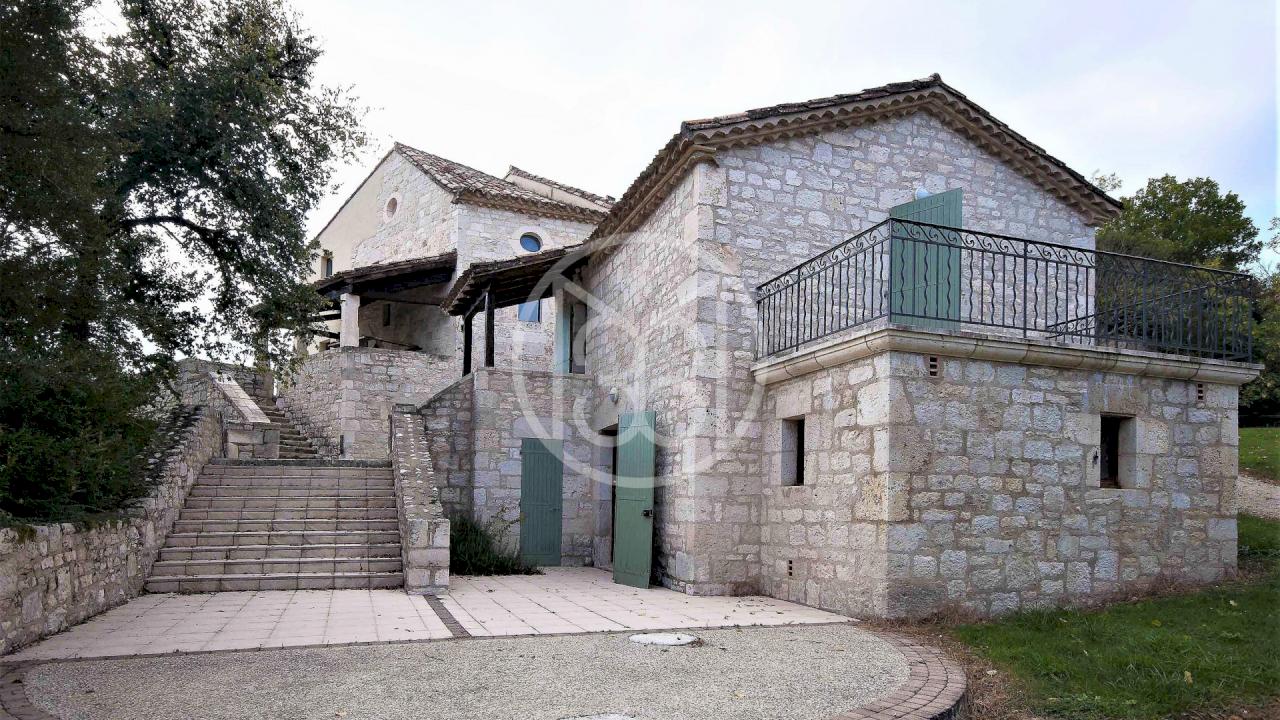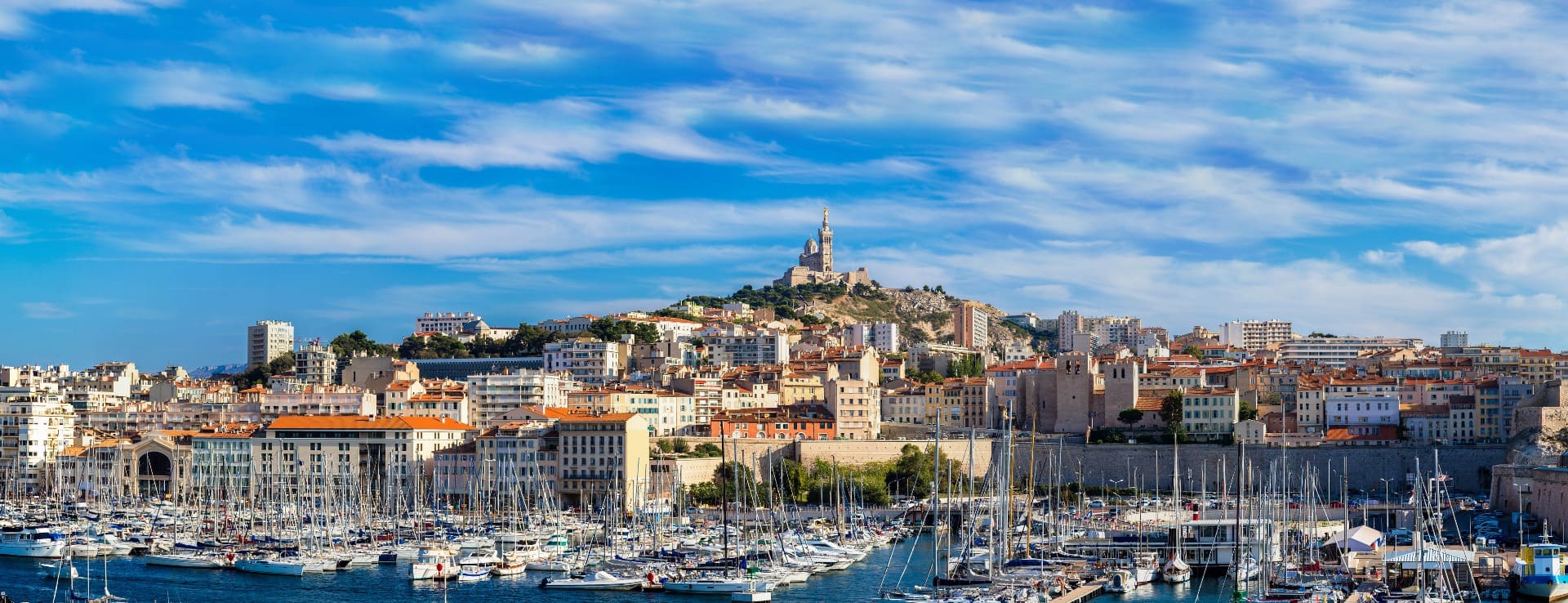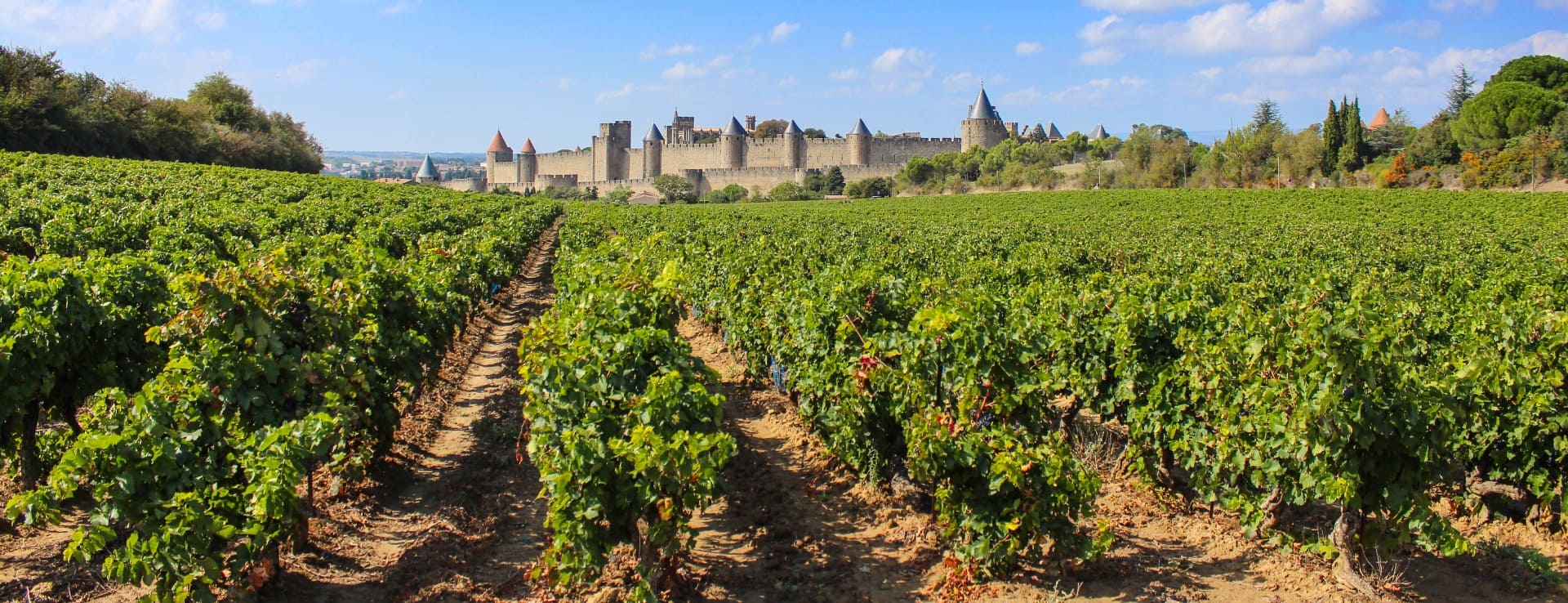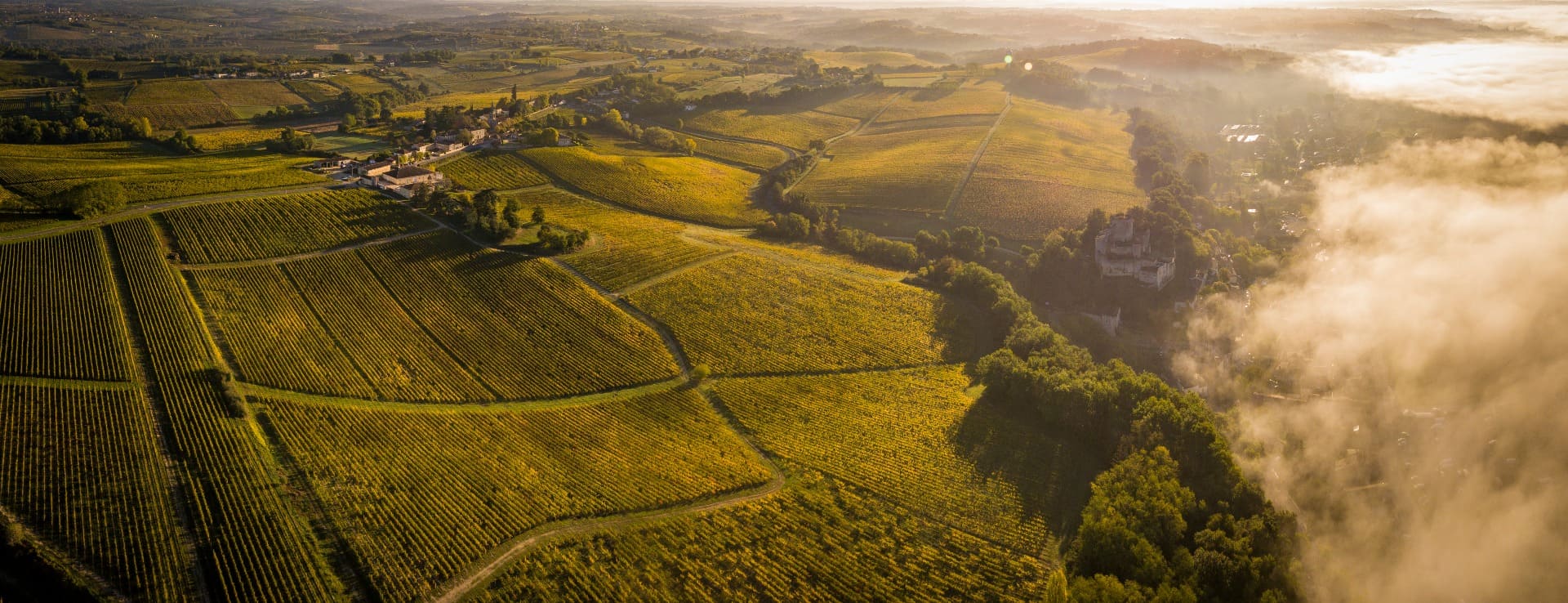Find your winery or vineyard
Infographic of the Denomination of Origin
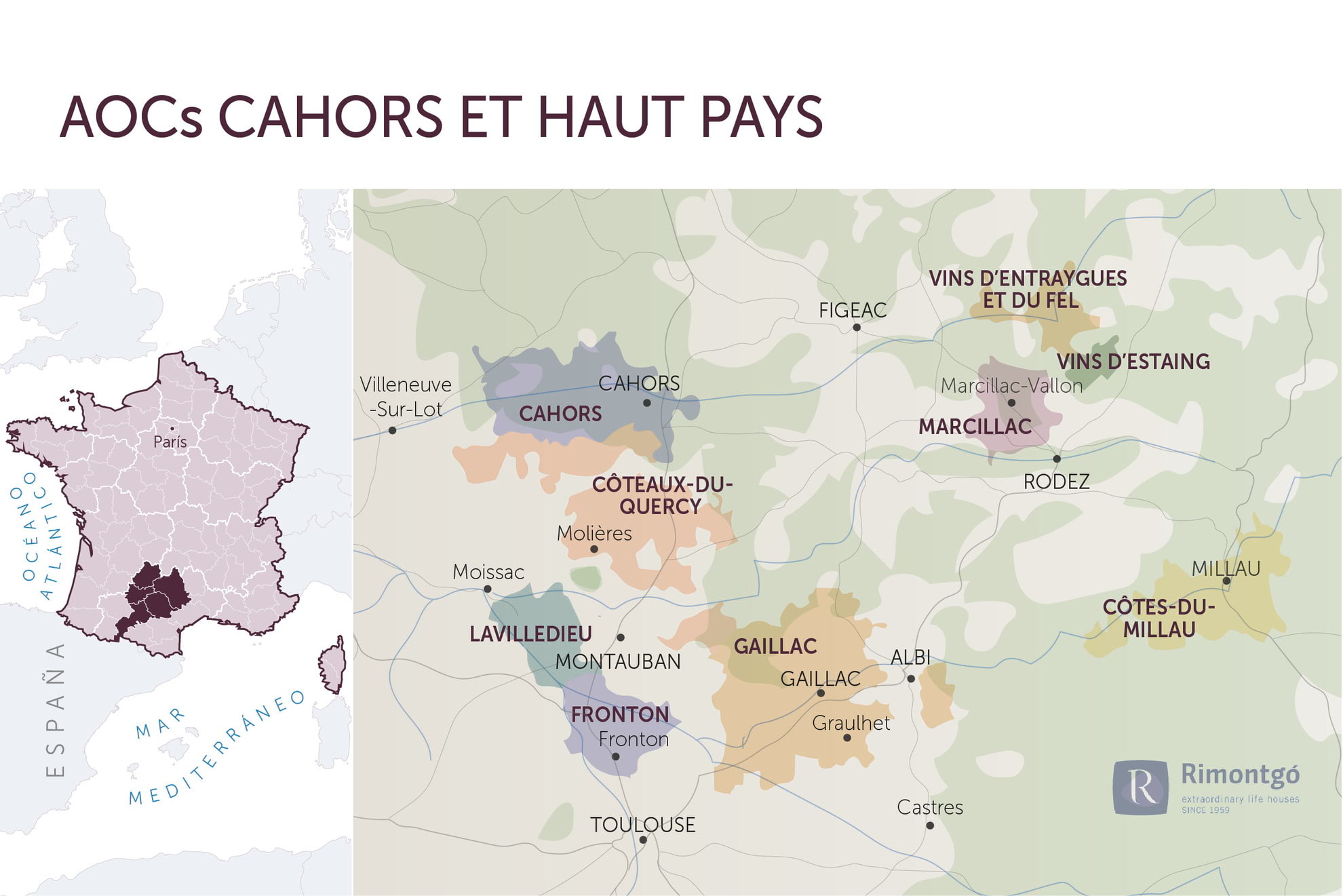
Change to imperial units (ft2, ac, °F)Change to international units (m2, h, °C)
AOC Cahors
HISTORY
The vineyards of the South-West are more than 2,000 years old. If the culture of the vine was propagated by the Romans about 2,000 years ago, the success of the wines of the French South-West has suffered from the influence of its neighbor Bordeaux who dominated the estuary of the Garonne river and therefore the expedition of its wines to the world.
The history of Southwest wines is engraved in the course of the Garonne river, following its waters the Romans progressed westwards to conquer the Atlantic lands and in doing so spread the culture of the vineyard. Since the first century B.C. vines have been cultivated in Gaul. And in the 2nd century the city was already considered a great centre for the production of pottery whose traceability can be found today both in Spain and in Scotland. Vestiges that show us how the wine trade was already dynamic at that time. Thanks to the region's rivers, the vineyards in the area continued to grow for centuries. The vineyards of Gascon send their production to the port of Bayonne thanks to the Adour river. Cahors does the same with the Lot river and Bergerac with the Dordogne river. However, it was the people of Bordeaux who managed to structure the port around the wine trade. And when Eleanor of Aquitaine married Henry Plantagenet in 1152, the situation changed dramatically. Aquitaine became English and the English adopted the eating habits and customs of the French princes, including the drinking of wine. The loss of Rouen in 1214 and then the surrender of La Rochelle ten years later favoured the Bordeaux vineyard and made it the main supplier of wine to England. Bordeaux built its wealth on the wine sector.
To protect themselves from this competition, from the 12th century onwards, the ecclesiastics and bourgeois of Bordeaux, the main owners of the vineyards, set up a legal and financial arsenal to protect them from competition and allow them to export their wines at the best time (just after the harvests until Christmas to avoid the winter storms) and to be exempt from most taxes and duties. This is what became known as the Bordeaux privileges, which were not abolished until after the French Revolution. Only wines coming from the Bordeaux jurisdiction, mainly Graves, benefited from these privileges. Since then, this situation has considerably slowed down the promotion of wines from the South-West abroad. Even after the return of the Aquitaine region to France, Bordeaux continued to negotiate its position in order to avoid competition with the wines of the Haut Pays.
Cahors was almost completely wiped out by phylloxera and all the other areas were also affected. A deep crisis led to the emergence of cooperatives in the region from the end of the 19th century. A social movement on which the different appeals were based at the time of their creation, from 1936 onwards, and which are the origin of the current renewal of these vineyards today. If, after 20 years, Gascogne wines are among the most exported wines in France (75% of the production is sold abroad), it is thanks to the dynamism of certain cooperatives.
Today a new generation of independent winegrowers and winemakers more focused on quality are leading the renown of these Southwest wines.
Created in 1971, the AOC Cahors is reserved exclusively for red wines made with Malbec. Two accessory grape varieties are authorised by the appellation's specifications: Tannat and Merlot, but Malbec must represent at least 70% of the blend.
SOILS
The vineyard is distinguished from its counterparts in the southwest by its emblematic grape variety of which it is the birthplace: Malbec. Another particularity of the vineyard, its great diversity of terroirs, allows its winegrowers to offer an "original" Malbec. The Cahors vineyard has two main types of terroir: a set of limestone, the Causses, where the Lot valley flows from east to west.
The Lot valley is an alluvial terroir in a wide alluvial valley, with stepped terraces with many Quaternary meanders. These terraces are formed by limestone subsoils enriched with more or less ancient alluvium left by the river and its tributaries. The soils are relatively deep, sandy loam at the edge of the Lot and clayey and stony at the foot of the limestone slopes.
The Causses is a limestone terroir. At an altitude of over 250 metres, the secondary and tertiary limestone slopes and plateaux are made up of stones covered with clay more or less mixed with marl. As for the term Malbec, it has its origins in the 18th century with the surname of the owner of a wine estate in the Médoc, Monsieur Malbeck, who spread this grape variety by giving it his surname.
CLIMATE
The Cahors vineyard enjoys a combination of climatic influences conducive to viticulture. It lies, as the crow flies, equidistant from the Atlantic Ocean, the Mediterranean Sea and the Pyrenees. The temperate oceanic influence is still present there with well distributed rainfall and a significant amount of sunshine for grape ripening. This favourable geographical situation keeps it away from both the Atlantic humidity and the autumn rains of the Mediterranean. The vineyard thus benefits from the late sunny seasons that allow for a refinement of the ripening of the harvests without excessive rainfall.
The influence of the Massif Central also gives Quercy a part of the mountain climate. This healthy winter climate for the vines usually offers a fairly moderate cold. However, exceptional cold is still possible and is still noticeable in some years.
WINERIES
Wineries of Cahors: Château du Cèdre, Domaine Cosse Maisonneuve, Châteaux Lagrézette, Château Lamartine, Clos Triguedina, Domaine Plegeoles, Domaine d'Escausses, Château la Caminade, Domaine Causse Marines, Château Haut-Monplaisir, Château Lacapelle Cabanac.
Discover more wineries and vineyards for sale in these wine regions in France
Subscribe to our mailing list to receive news about wineries and vineyards.

